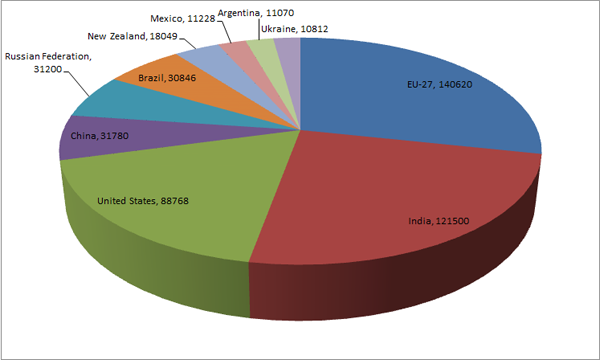Uncover the Bullvine’s journey in revolutionizing dairy industry discussions into a vibrant community. Are you prepared to be part of the discourse and spearhead change in dairy farming?
The Bullvine has always tackled the challenging issues others avoid, igniting essential conversations across the dairy industry. With the internet and social media amplifying these discussions globally, the Bullvine has become a powerful voice for change. For instance, our in-depth coverage of A.I. organization practices led to a significant shift in public opinion and industry standards, demonstrating the tangible impact of our work.
Our dedication to addressing controversial topics stands out in an era dominated by digital platforms. From A.I. organizations to photo ethics, we aim to drive meaningful change by spotlighting often-overlooked issues. It’s important to note that we do not take a neutral stance on these matters. We firmly believe in the need for ethical reform and transparency, and our articles reflect this commitment.
Beginning with a Purpose: Forging a Path Towards Transparency in the Dairy Industry
In the early days of The Bullvine, our vision was propelled by an unwavering commitment to address the pressing issues that many within the dairy industry preferred to sidestep. Founded to inject transparency and ethical discussion into dairy cattle breeding, The Bullvine emerged as a bold, new voice in an industry steeped in tradition. Our articles and discussions have shed light on previously unexplored aspects of the industry, sparking a wave of transparency and ethical reform. This journey was initiated by firsthand experiences in barns and cattle shows, where it became clear that a significant section of the community was desperately calling for change.
The driving force behind our inception was the desire to provide a platform where the concerns and ideas of dairy farmers, breeders, and industry stakeholders could be voiced and heard. We sought to challenge the status quo, tackling controversial topics such as A.I. organization practices, photo ethics, show ethics, and the implications of high-pressure herd management. Our aim was not just to present our views, but to foster a constructive dialogue that would lead to collective understanding and, Ultimately, Positive Change.
The Bullvine did not embark on this mission with naive optimism. Our team, seasoned by years of involvement at various levels of the dairy industry, recognized the enormity of our task. We knew that change would come slowly and with resistance. Indeed, the initial responses ranged from enthusiastic support to vehement opposition. Stakeholders from both ends of the spectrum were, and still are, deeply invested in their viewpoints, each convinced of the validity and virtue of their practices.
From the outset, these efforts sparked passionate exchanges. We witnessed robust engagement from individuals who saw their livelihood and heritage tied to the arguments. This raw passion underscored a fundamental truth: the dairy industry is not merely an occupation for those involved but a way of life imbued with deep emotional and cultural significance. This intrinsic connection has only fueled the ongoing discussion and debate, uniting us all in a collective push toward a more progressive and ethical future for the industry.
Unwavering Commitment to Tackling the Dairy Industry’s Core Issues
The Bullvine has persistently addressed several contentious yet pivotal issues within the dairy industry, showing a fearless commitment to transparency and reform. Among the most significant topics we’ve tackled are:
A.I. Organizations: Artificial Insemination (A.I.) organizations play a vital role in the dairy industry by providing necessary genetic material for breeding. However, the inter-company dynamics and market strategies have not always aligned with the best interests of breeders and farmers. For instance, in our article “Business Ethics and Marketing Dairy Cattle Genetics,” we delve into the ethical concerns and the need for more cooperative strategies among A.I. organizations to better serve the community.
Breed Associations: Dairy breed associations play a vital role in maintaining standards and supporting breeders. To progress, these groups must embrace change and strong leadership. Leaders need to be well-versed in industry technicalities and future trends, fostering a cooperative spirit. As discussed in business ethics in dairy cattle genetics, breed associations must align with modern dairying demands. This requires business acumen, adaptability, and a continuous learning mindset. By encouraging passionate professionals to lead, we ensure these associations remain relevant. Articles like Are Dairy Cattle Breed Associations Nearing Extinction? and Empty Chairs at Empty Tableshighlight the urgency for leaders to shape the future of our purebred dairy industry.
Photo and Show Ethics: The integrity of cattle photography and show ethics has been another hotly debated topic. The importance of authenticity in depicting prize cattle cannot be overstated, as seen in our detailed analysis “Dairy Cattle Photography: Ethics and Copyright.” This article explores the ethical quandaries surrounding photo enhancement and its implications on credibility and trust within the industry.
Hothouse Herds: The phenomenon of hothouse herds, characterized by their intensive management and the skewed sampling of sires, has raised questions about the long-term sustainability and genetic diversity of cattle populations. Our investigative piece “The Hot House Effect on Sire Sampling” sheds light on how these practices can lead to inflated expectations and the potential erosion of genetic robustness.
Each article thoroughly examines the issue, providing historical context, current challenges, and forward-looking perspectives to advocate for a more transparent and ethical dairy industry.
Embodying Courageous Leadership in the Dairy Industry
You are in the direct line of fire when you take a leadership position. While some prefer to lead from the rear, that has never been our style. For instance, when my parents recognized the need to cut costs and eliminate redundancy, they led the dissolution of the Canadian Association of Animal Breeders, an organization they had deeply invested in. This was not an easy decision, but it was a necessary one to ensure the industry’s long-term sustainability. They faced the reality of putting themselves out of work rather than letting the industry duplicate and be inefficient, moving CAAB services to other organizations including CDN (now Lactanet) and the Canadian Livestock Genetics Association.
You are in the direct line of fire when you take a leadership position. While some prefer to lead from the rear, that has never been our style. For instance, when my parents recognized the need to cut costs and eliminate redundancy, they led the dissolution of the Canadian Association of Animal Breeders, an organization they had deeply invested in. . This was not an easy decision, but it was a necessary one to ensure the industry’s long-term sustainability. They faced the reality of putting themselves out of work rather than letting the industry duplicate and be inefficient, moving CAAB services to other organizations including CDN (now Lactanet) and the Canadian Livestock Genetics Association.
At the Bullvine, we embrace this legacy of bold decision-making and unwavering resolve, knowing full well that advocating for change in a tradition-rich industry like dairy farming evokes strong reactions. The discussions we instigate are deeply personal because, for many, dairy farming is not merely a profession; it is a heritage and a way of life. This understanding prompts us to navigate these conversations with courage and sensitivity, ensuring we honor the past while zealously steering toward a more dynamic future. We deeply respect the industry’s traditions and heritage, and our goal is not to erase them, but to evolve them in a way that aligns with modern ethical standards.
This ethos of leadership with personal accountability underpins every initiative we take. While the journey is fraught with challenges and resistance, it is also replete with the fulfillment that comes from contributing to an industry we are passionate about. We stand at the intersection of tradition and innovation, fully aware of the sacrifices required, fueled by the conviction that meaningful change, though arduous, is indeed achievable. Our courage and resilience in the face of adversity should inspire hope for a better future in the dairy industry.
Confronting Resistance: Navigating the Deeply Personal Nature of the Dairy Industry
The dairy industry’s profoundly personal nature lies at the heart of the challenge. It’s an industry built on passion, heritage, and familial ties, where livelihoods intertwine as professions and as ways of life. Consequently, resistance was inevitable when the Bullvine began to address controversial topics.
This resistance emanates from an inherent fear of change, a common sentiment among those who have devoted their lives to traditional practices. The Bullvine’s calls for transparency and accountability threatened to disrupt long-standing norms, provoking apprehension among industry veterans. These individuals, who have spent years honing their craft, are not just facing a change in methodologies, but a potential upheaval of their very identity. Understanding and empathy for their personal sacrifices is crucial in our journey towards a more ethical dairy industry.
Moreover, the intimate connections that define the dairy community often magnify opposition. Relationships and reputations are at stake, making the discourse profoundly personal. It’s not just about altering business practices; it’s about challenging the status quo and, in doing so, risking the ire of peers and mentors whose approval carries significant weight.
Add to this the phenomenon of vocal yet reticent supporters who, while advocating for change behind closed doors, hesitate to publicly back initiatives out of fear of isolation or retribution. The Bullvine has encountered such resistance firsthand, noting that many who passionately discuss the need for reform in private settings are the same individuals who retreat when the debates become public and contentious.
This multifaceted resistance underscores a critical truth: change in the dairy industry is not merely a procedural shift. It requires a cultural transformation that demands courage and collective will. Yet, despite these challenges, The Bullvine remains resolute, driven by the belief that an industry as vital as dairy deserves a future where innovation and integrity coexist.
From Elite Abandonment to Grassroots Revival: The Bullvine’s Evolution
A funny thing happened on the way to change. The call started by some of the biggest names in the industry, which have abandoned the charge, is now supported by the average breeder. The groundswell of support we have received from our readers has been insane! Upon the stones laid by those turncoats, the banner was taken up by those who felt they never had a voice. And that, too, has changed the voice of the Bullvine. What started as a voice for education in the marketplace has now become a megaphone for the market to educate its leaders on the need for change. What began as a new way to market, sell, and breed dairy cattle has now become a rallying cry for those who never had their voices heard.
The Bottom Line
As we reflect on our journey from a small group to a burgeoning and passionate community, we recognize our significant strides. The transformation has been remarkable, fueled by a collective yearning for transparency and a commitment to advancing the dairy industry. The Bullvine began as a voice for a few. Still, it has grown to echo the concerns and aspirations of many, spanning diverse backgrounds and expertise levels. This groundswell of support is a testament to our efforts and an affirmation of the universal desire for positive change.
The path has been laden with challenges, from facing resistance to navigating the industry’s deeply personal nature. However, with each hurdle, our resolve has only strengthened. We’ve witnessed firsthand the trials of advocating for change. Still, we’ve also seen the power of unity and the impact of a principled stand. The initial sense of isolation has given way to a robust and dynamic community built on shared values and a vision for a brighter future.
We remain steadfast in our commitment, undeterred by the obstacles. Our mission still needs to be completed, but our progress speaks volumes about what is possible when passion, integrity, and a shared purpose converge. Together, we march forward, driven by the belief that a better future for the dairy industry is not just a possibility but an inevitability. With new leaders emerging and fresh voices joining the chorus, the Bullvine will continue championing the cause for excellence, innovation, and enduring change.
Key Takeaways:
- The Bullvine challenges traditional practices in the dairy industry, addressing issues such as AI organizations, photo ethics, show ethics, and herd management.
- This platform aims to give a voice to dairy farmers, breeders, and industry stakeholders who seek change and transparency.
- The Bullvine’s efforts have sparked significant discussions, promoting transparency and ethical reform within the industry.
- The publication acknowledges the passion and personal investment of those involved in the dairy industry, recognizing that this drive fuels the demand for change.
- Courageous leadership is highlighted as essential for the industry’s long-term sustainability and ethical advancement.
- The Bullvine started with support from prominent industry figures but now finds significant support from average breeders, indicating a grassroots revival.
- The platform has grown into a major community-driven movement, advocating for the future of dairy farming with a vision greater than financial gain.
- New leaders and voices have emerged, inspired by the Bullvine’s mission, reinforcing that change, though challenging, is crucial and worthwhile.







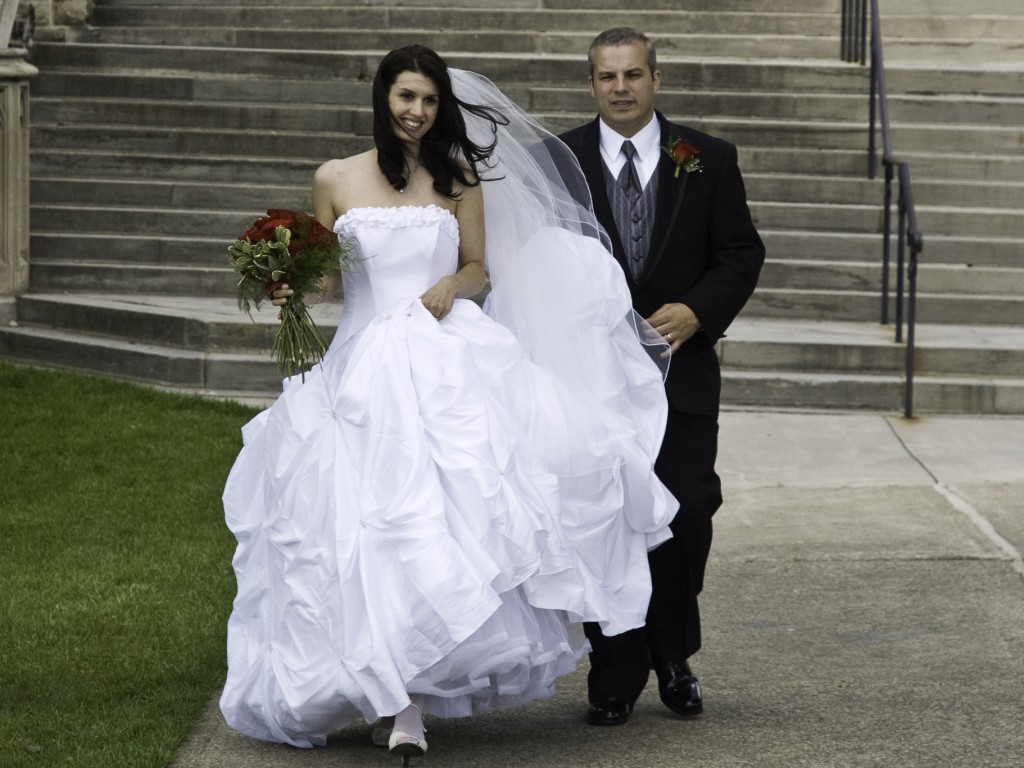

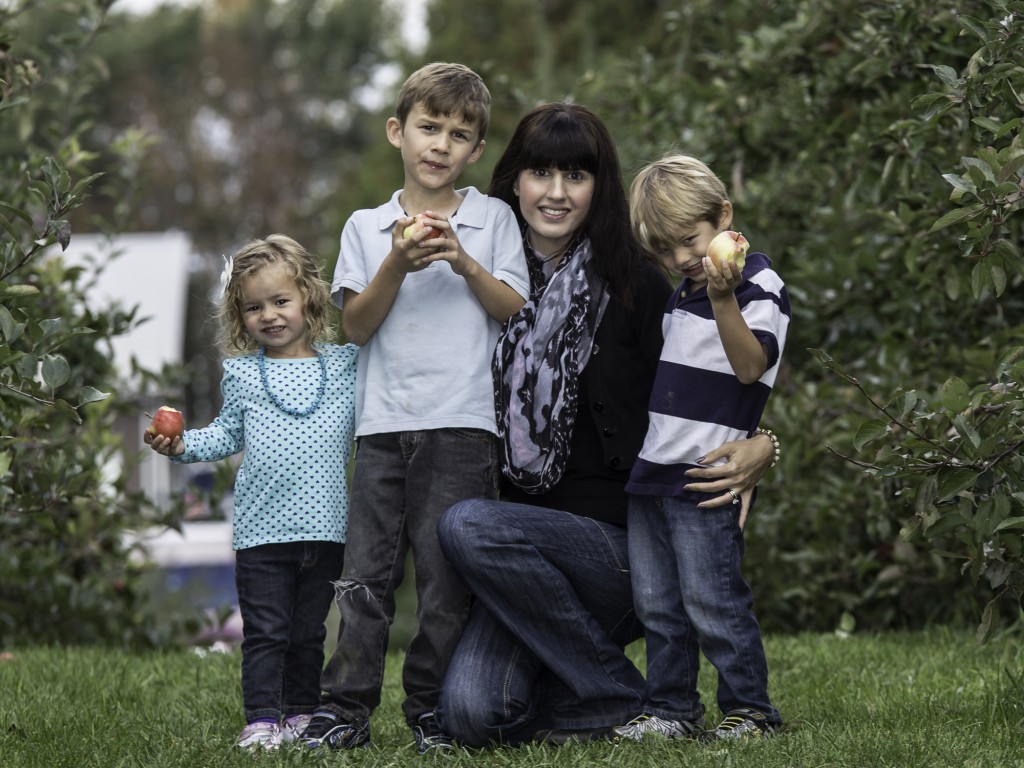

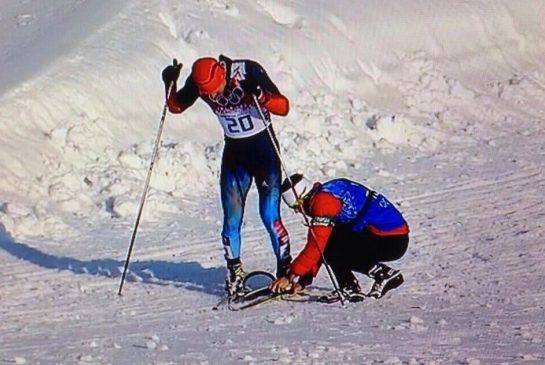
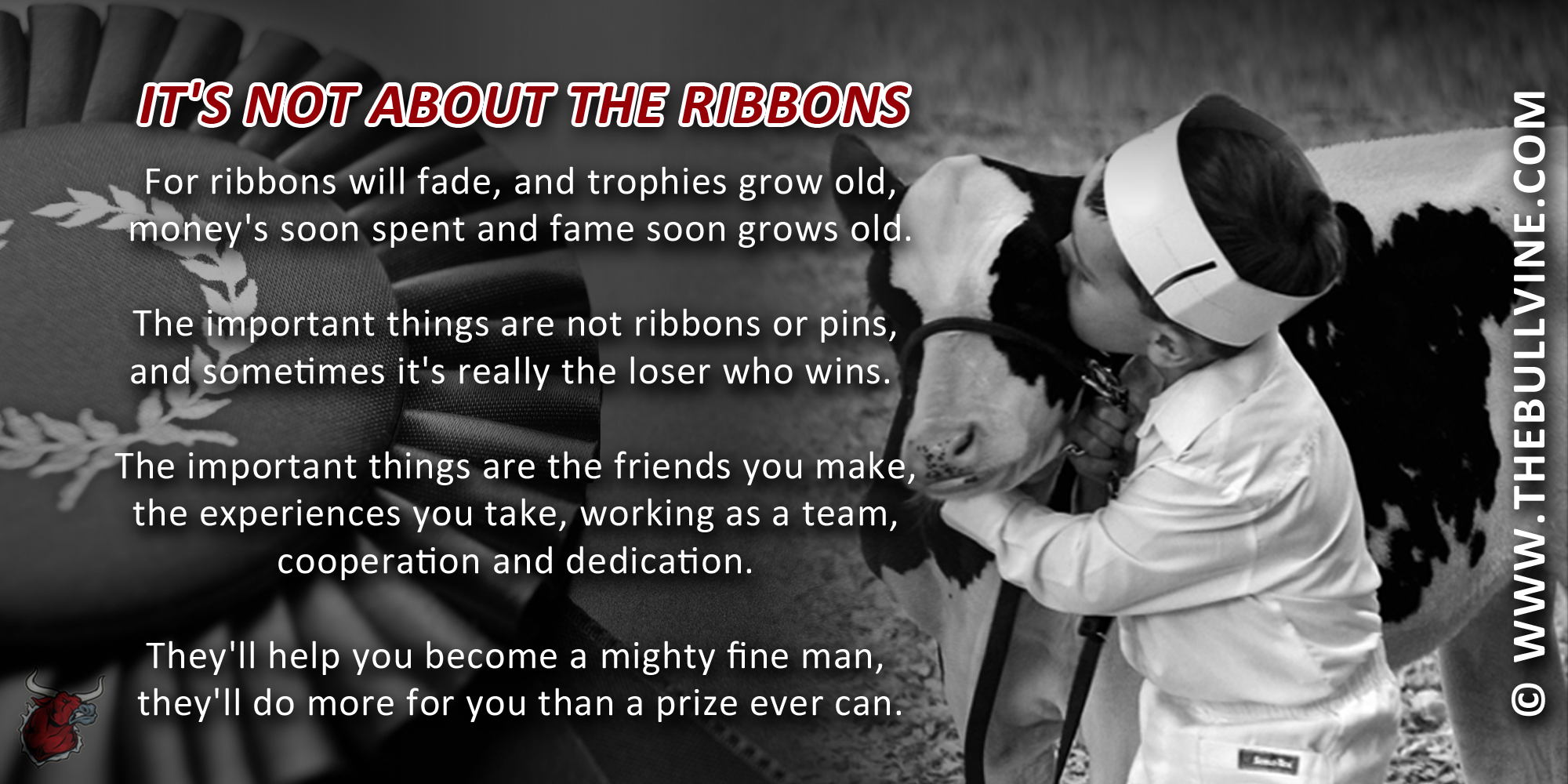



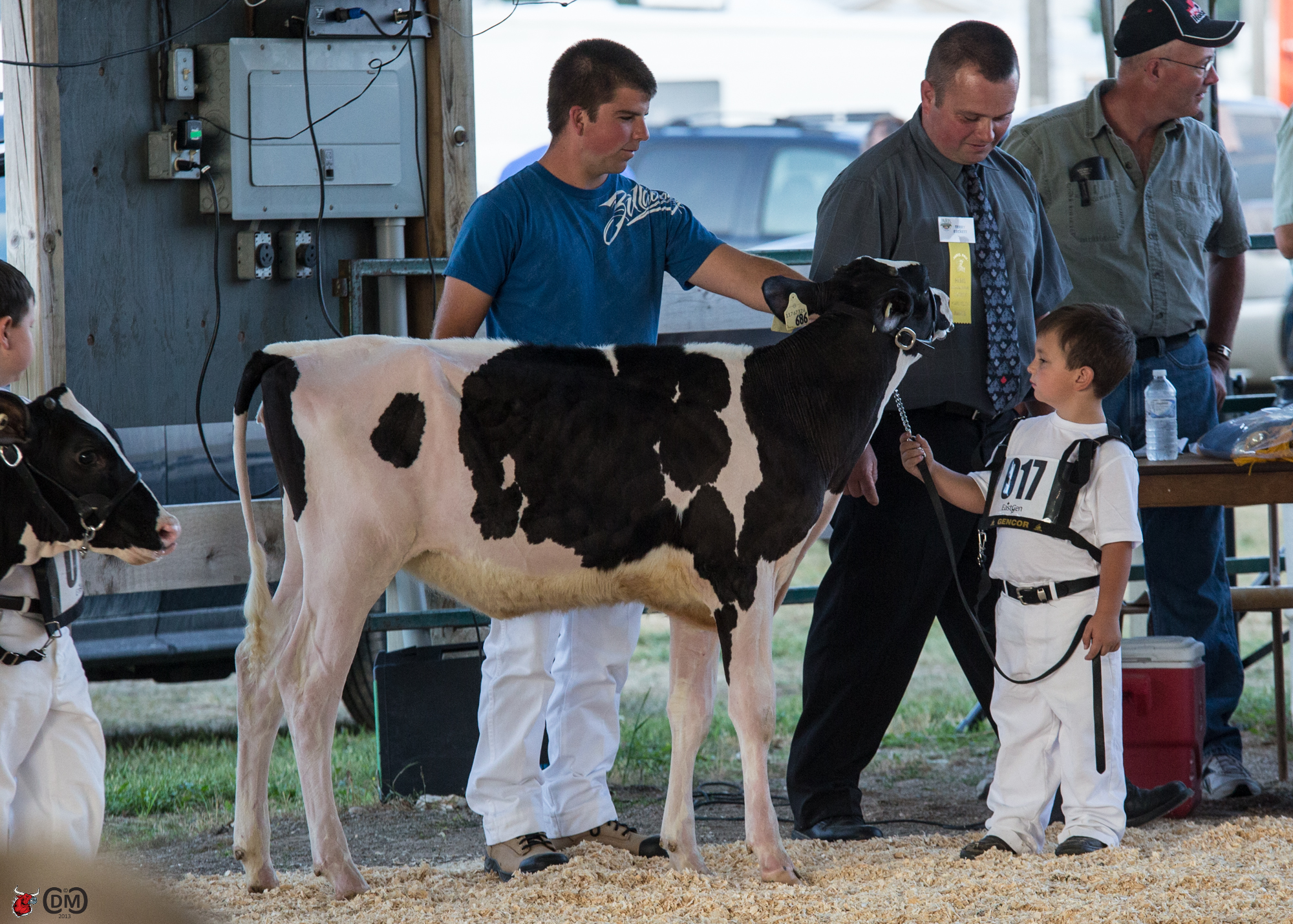


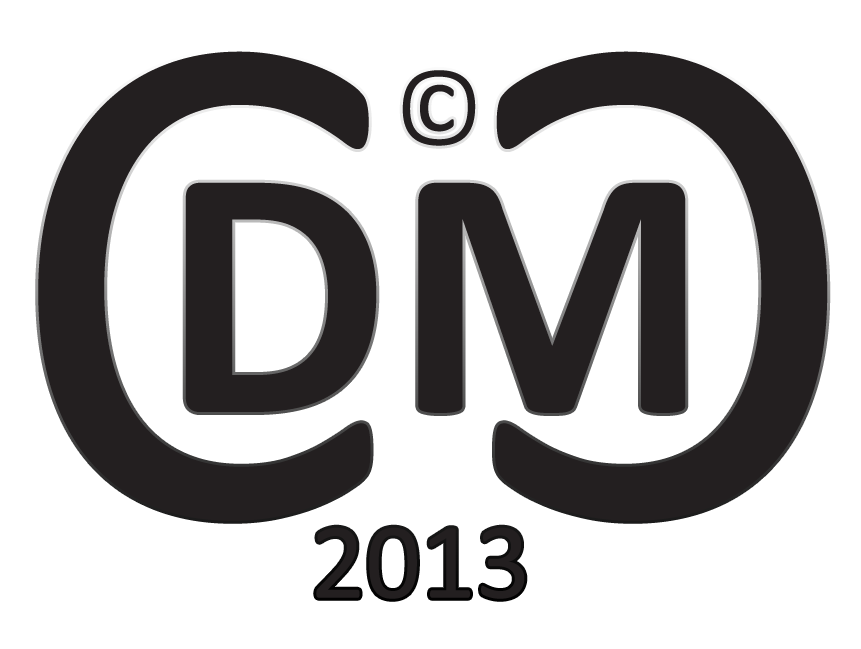
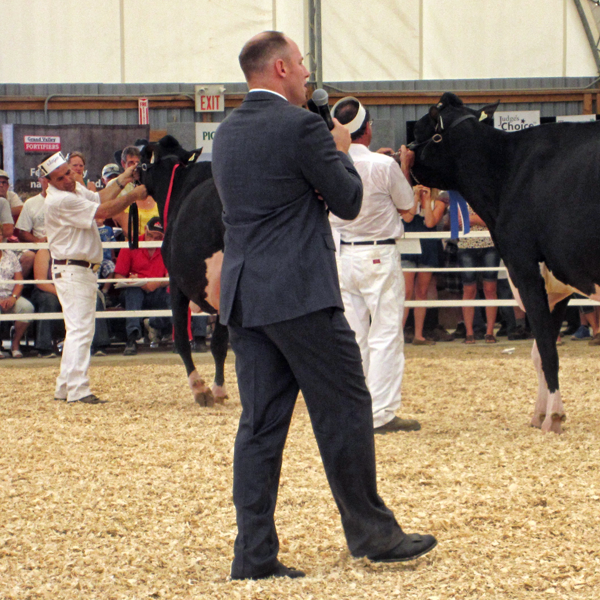 I had the opportunity to attend Ontario Summer Show last week and saw something that really got me thinking. During the Senior 3 year old class, Judge David Crack Jr showed the courage of his convictions by choosing to win with
I had the opportunity to attend Ontario Summer Show last week and saw something that really got me thinking. During the Senior 3 year old class, Judge David Crack Jr showed the courage of his convictions by choosing to win with 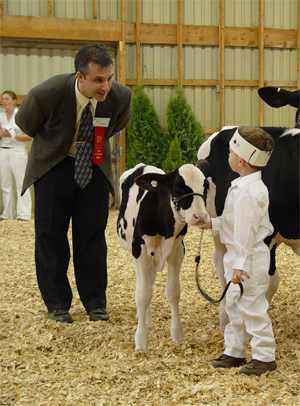 One of the outstanding benefits of living on a dairy farm is that it provides the opportunity to learn how to compete in the dairy ring. Working with dairy animals improves physical fitness, coordination, self-discipline and teamwork, but these beneficial activities can also put participants at risk for injury.
One of the outstanding benefits of living on a dairy farm is that it provides the opportunity to learn how to compete in the dairy ring. Working with dairy animals improves physical fitness, coordination, self-discipline and teamwork, but these beneficial activities can also put participants at risk for injury.